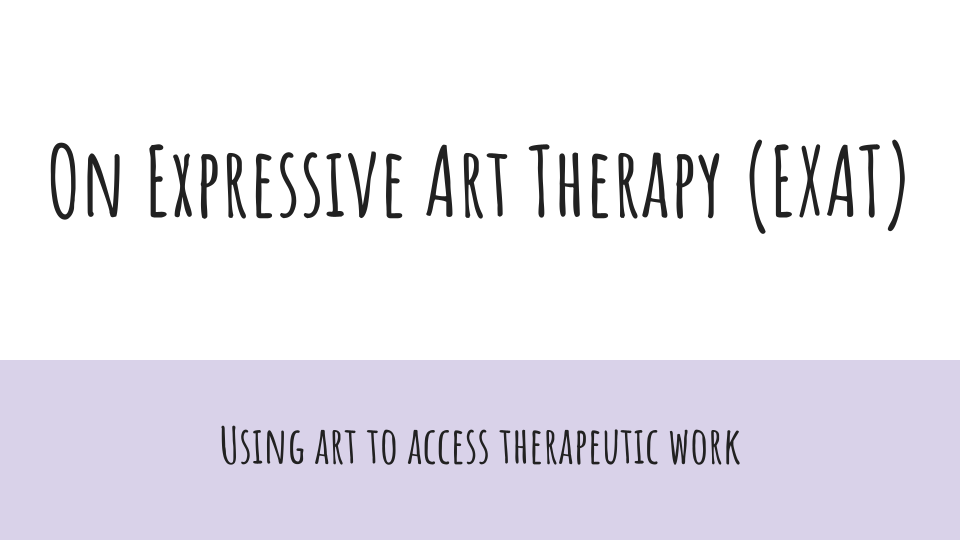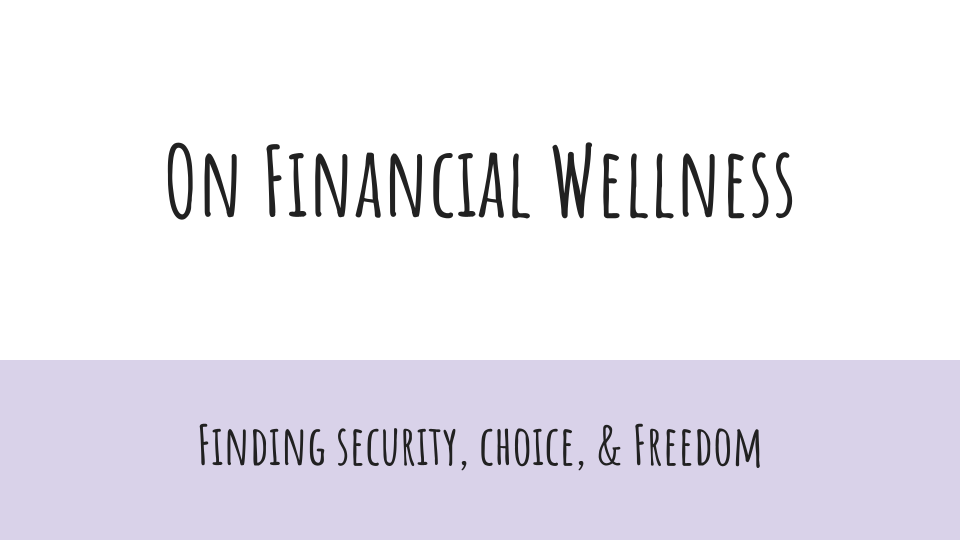On Wounded Child Work
Wounded Child Work is a vehicle for looking at how past pain is resurfacing in present time. What are you holding onto from the past that needs to be addressed? How can we forgive the child we were - and how our parents showed up for us - to make space for the person we are today? A good question to ask is: What needs nurturing?
Below you will find resources related to Wounded Child Work.
More about Wounded Child Work
What do you mean, Wounded Child?
Your ‘Wounded Child’ is the part of your soul who needs love. It is your young person who was not able to get their needs met in the household growing up, who was told to ‘do this’ or to ‘be that’ in order to receive love from your parents. It is the part of yourself that believes they aren’t good enough, or that they must accomplish something in order to be recognized as a whole individual.
For example, when I think of my wounded child I think of ‘Little Reese.’ He is 10-years-old and wearing a dusty baseball uniform from a weekend tournament. He has short hair, crooked teeth, and a sweet smile.
Everyone has their ‘Wounded Child.’ Yours might be a baby version of yourself, or in elementary school, or middle school. Your ‘Little ___’ may be from a specific incident in your household (the year your parents divorced, the night your childhood dog died, etc) or from a general timeframe.
How does this relate to my own personal growth and exploration?
I think of Wounded Child work as a tool that can help you explore the following:
Why are some situations so triggering for you (is your Wounded Child afraid of the past repeating itself?)
Why do you respond so intensely to these triggering situations (how did your Wounded Child protect themselves in the past? Is this pattern repeating itself?)
How does your wounded child get their needs met, and is this in alignment with how you want to get your needs met today?
Who are the triggers for my wounded child? Do I find myself falling into patterns with specific people (ie - my parents, siblings, old friends, partners, etc).
When did my Wounded Child first appear? Is there some healing I need to address so I might be more present in my life and relationships today?
What environment does my Wounded Child need to feel safe? What happens when my Wounded Child does not feel safe?
How do I get started with learning more about my wounded child?
There are several ways you can get started with this work - I believe the first and most important is talking about this in session, especially if you’ve experienced childhood trauma. It can be triggering exploring this issue and these questions may be best addressed in session with structured therapeutic support. Together we can understand who your wounded child is and what they might need as they begin this healing journey. We can come up with care strategies for your child, and give them the nurturance they maybe did not receive so long ago.
I also like to have a physical representation of my wounded child. That could be a picture from your childhood, or a token from your past, or (my personal preference) a doll representing your ‘Little ____.’ I personally keep ‘Little Reese’ on my desk, a reminder to take into account his needs and what he might be feeling on any given day.
How can I apply this concept to the rest of this material in this classroom?
Again, Wounded Child work is a tool. Like all tools, this one may or may not fit into your toolbox. You have the option to add it in or leave it out if it does not resonate with you. I believe Wounded Child work is in alignment with the rest of the classroom as it allows for a depth perspective to understand and conceptualize your thoughts-emotions-beliefs and how you show up in relationship with yourself and others.
By understanding who your Wounded Child is and what they need, you can add compassion for some of your behaviors that in the past have been painful and confusing. The hope is that you can apply this knowledge to continue working towards healing your wounded child and, in doing so, show up as your whole self in values-aligned ways.
Wounded Child Work Suggested Activities
Take time this week to consider the following activities related to exploring your Wounded Child. There are several different options for you to explore, in case one modality works better for you. Please note that your Conversation Prompts can also make great Journal Topics.
Journal Topics
Get to know your wounded child by answering some of the questions from the article:
Why are some situations so triggering for me (is my Wounded Child afraid of the past repeating itself?)
Why do I respond so intensely to these triggering situations (how did my Wounded Child protect themselves in the past? Is this pattern repeating itself?)
How does my wounded child get their needs met, and is this in alignment with how Iwant to get my needs met today?
Who are the triggers for my wounded child? Do I find myself falling into patterns with specific people (ie - my parents, siblings, old friends, etc).
When did my Wounded Child first appear? Is there some healing I need to address so I might be more present in my life and relationships today?
What environment does my Wounded Child need to feel safe? What happens when my Wounded Child does not feel safe?
Further explore with these journal topics:
What sort of person is my Wounded Child?
What do I like about our relationship, and what do I struggle with?
What does my Wounded Child need in order to heal?
What would a perfect relationship with my Wounded Child look like? What do I need to be working on in order to get to this place with them?
Conversation Prompts
Discuss your wounded child with your partner, family member, or friend. Let each person describe their child in detail. Examine how these Wounded Children interact with each other. Get to know each other as children. Approach each other with curiosity.
How does your Wounded Child show up in partnership? What happens when your Wounded Child needs to be heard?
How can your partner support you with your Wounded Child?
Experiential & Artistic Activities
Create, find, or buy a physical representation of your Wounded Child. For example, this can be a doll or a photo of you as a child. It can be a piece of art you created as a child, or one that you create today. Give them a name (ie - my doll is named ‘Little Reese’) and keep them with you or on your desk where you can see them and be reminded of the attention your ‘Little ____’ needs.
Create art around a time where your wounded child felt unheard or unseen. Then, recreate the art as if they were seen and heard. Notice the differences in the two pieces.
Additional Resources for Wounded Child Work
Documents/Books on Wounded Child Work
The Drama of the Gifted Child, by Alice Miller
Adult Children of Emotionally Immature Parents, by Lindsay Gibson
Videos on Wounded Child Work
Did you enjoy this chapter? Share the Classroom with your community!
Other Chapters in DEPTH/SPIRITUAL
Check out the Rest of the Classroom!
References
Androutsopoulou, A., & Viou, M. (2019). The Guided Imagery Therapy Activity “Inner Dialogue-Child Adult Meeting” (ID-CAM): Steps and Applications. Journal of Creativity in Mental Health, 14(3), 343–356. https://doi-org.proxy006.nclive.org/10.1080/15401383.2019.1624993
Carr, S. M. D., & Hancock, S. (2017). Healing the inner child through portrait therapy: Illness, identity and childhood trauma. International Journal of Art Therapy: Inscape, 22(1), 8–21. https://doi-org.proxy006.nclive.org/10.1080/17454832.2016.1245767
Leggett, E.S, & Boswell, J.N. (2017). Directive Play Therapy : Theories and Techniques. Springer Publishing Company.
Miller, A. (1997). The drama of the gifted child : the search for the true self (Completely rev. & updated / with a new afterword by the author.). BasicBooks.
Schwartz, R. & Rosenzweig, D. (2013). Moving From Acceptance Toward Transformation With Internal Family Systems Therapy (IFS). Beyond Meditation: Mindfulness-Related Clinical Practices, 69(8), 805–816.
Sweezy, M. (2011). The Teenager’s Confession: Regulating Shame in Internal Family Systems Therapy. American Journal of Psychotherapy, 65(2), 179–188.
















